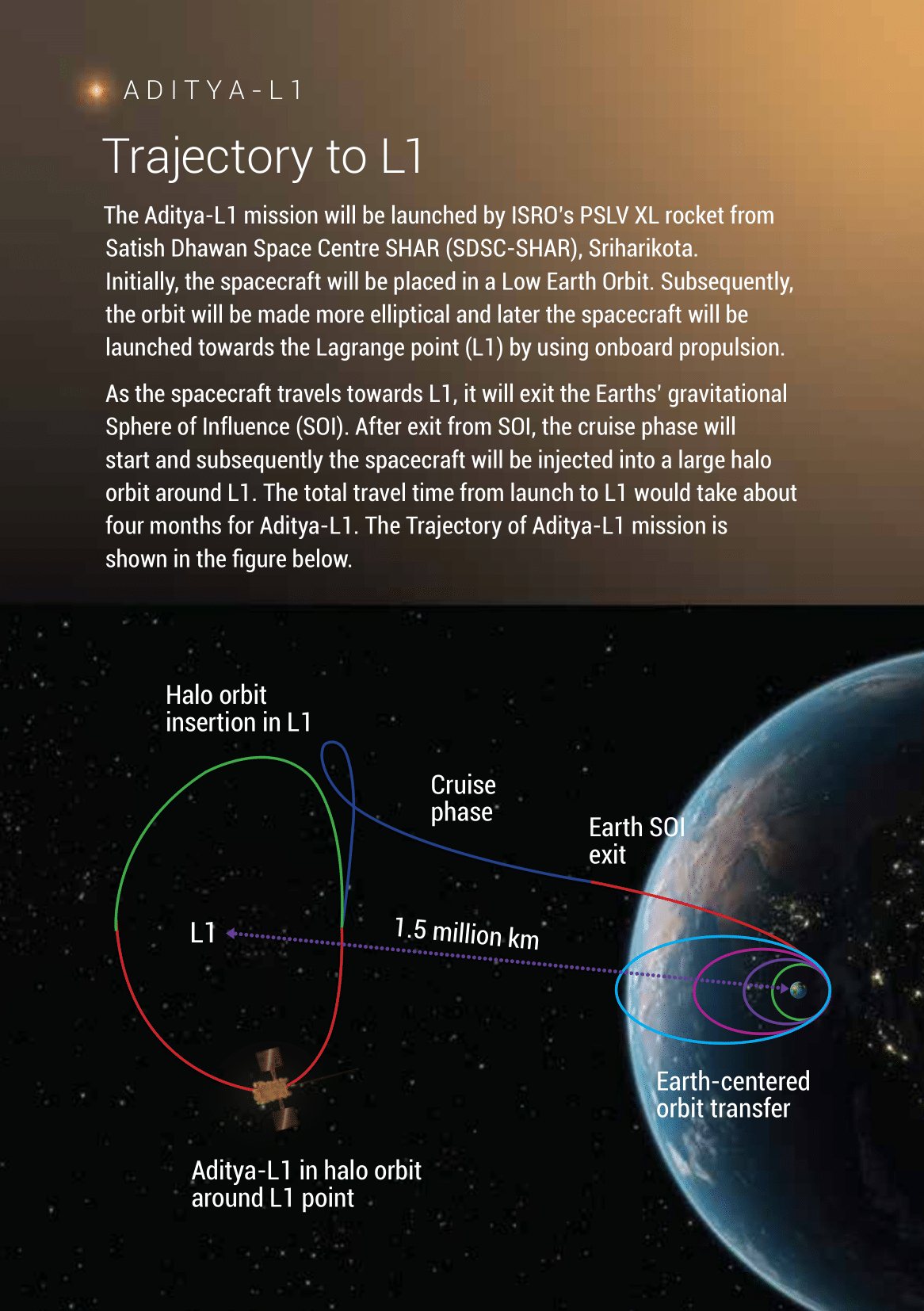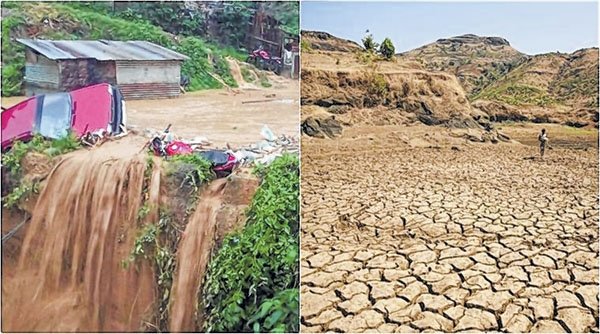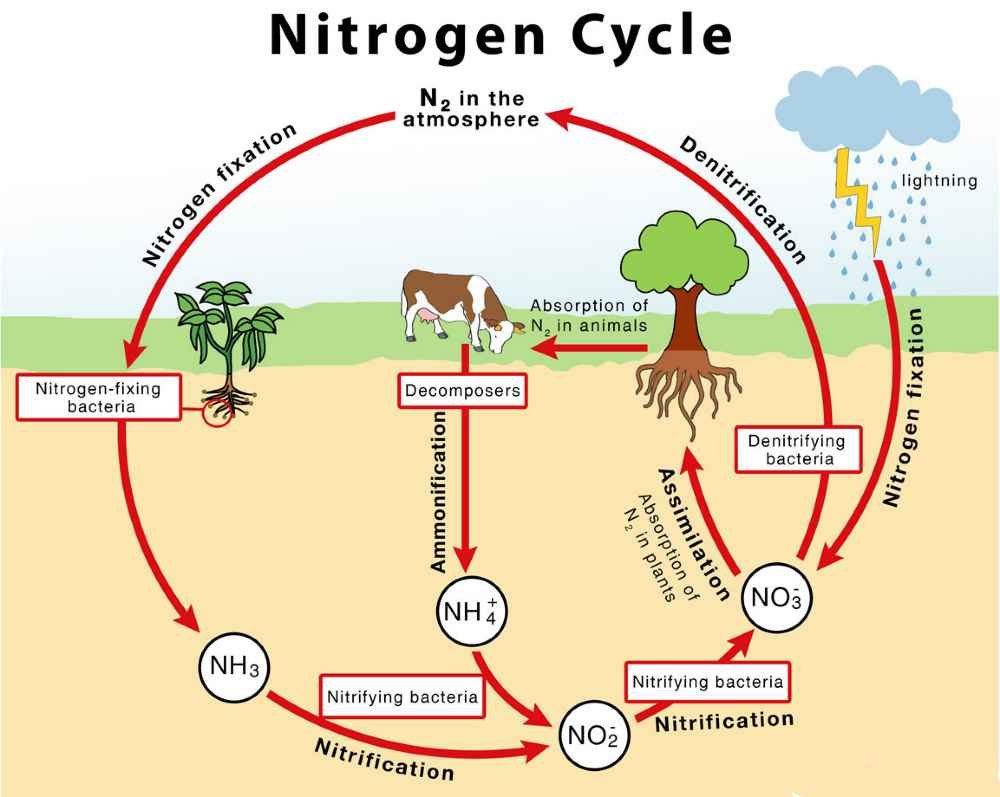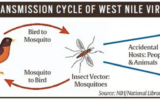
Warli Tribes Conserving Leopards
Subscribers of "Current Affairs" course can Download Daily Current Affairs in PDF/DOC
Subscribe to Never Miss an Important Update! Assured Discounts on New Products!
Must Join PMF IAS Telegram Channel & PMF IAS History Telegram Channel
- Context (DTE): The Warli tribes living near Sanjay Gandhi National Park in Maharashtra worship leopards.
Sanjay Gandhi National Park
- It is a protected area in Mumbai, Maharashtra.
- The Kanheri caves (important Buddhist learning centers) is located centrally in the park.
- It also houses the famous Jain temple called Trimurti. It has three huge idols of Lord Adinath and his two sons, Lord Bahubali and Lord Bharata.
- The karvi (or karvy) shrub, that blooms only once in eight years is seen in abundance throughout the park.
- Dahisar River, originates in the Tulsi Lake in Sanjay Gandhi National Park
Warli Tribes
- They are spread across Maharashtra, Gujarat, Karnataka, Goa and the Union Territories of Dadra & Nagar Haveli and Daman & Diu.
- They speak an unwritten Varli language which belongs to the southern zone of the Indo-Aryan languages.
Warli Art
- It is the tribal paintings of Maharashtra that are done traditionally in the homes of the Warlis.
- These paintings do not depict mythological characters or images of deities but depict daily and social events of the Warli tribe.
- They are like pre-historic cave paintings in execution and usually depict scenes of human figures engaged in activities like hunting, dancing, sowing and harvesting.
- These paintings are mainly dominated by basic geometric shapes like circles, triangles, and squares.
- Women are mainly engaged in the creation of these paintings.
Indian Leopard

- These are the smallest of the big cats known for their ability to adapt to a variety of habitats.
- They are elusive and nocturnal animals.
- Population: 12,000-14,000 individuals.
- Conservation status: IUCN Red List: Vulnerable (VU) | WPA: Schedule I.
- Habitat: Tropical rainforests, dry deciduous forests, temperate forests, and northern coniferous forests. They do not occur in the mangrove forests of the Sundarbans and deserts.
- Lifestyle: Solitary animals.
- Pregnancy duration: 90 to 105 days.
- Threats: Poaching, loss of habitat and fragmentation, human-animal conflict.
|
Ways to reduce human-leopard conflict
- Habitat Management: Identify and protect key leopard habitats to minimize human encroachment. Establish buffer zones between leopard territories and human settlements.
- Community Awareness: Conduct educational programs to inform local communities about leopard behavior and ecology.
- Livestock Management: Implement secure livestock housing and fencing to prevent leopard attacks on domestic animals.
- Early Warning Systems: Develop and implement early warning systems to alert communities about leopard presence in the vicinity. Use technology like motion-sensor cameras and GPS tracking to monitor leopard movements.
- Conflict Resolution Teams: Establish rapid response teams to address leopard-human conflicts promptly. Train local personnel in non-lethal methods of managing leopard encounters.
- Human Behavior Modification: Encourage responsible behavior in the presence of leopards, such as avoiding confrontations and not provoking the animals.
- Research and Monitoring: Conduct studies to better understand leopard behavior and movement patterns.
- International Collaboration: Collaborate with neighboring regions and share best practices and research findings to develop comprehensive strategies for reducing leopard-human conflict.





![PMF IAS Environment for UPSC 2022-23 [paperback] PMF IAS [Nov 30, 2021]…](https://pmfias.b-cdn.net/wp-content/uploads/2024/04/pmfiasenvironmentforupsc2022-23paperbackpmfiasnov302021.jpg)











